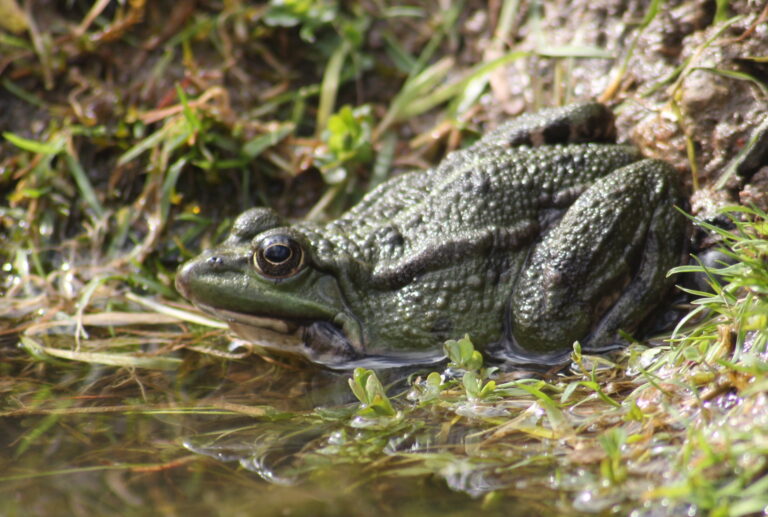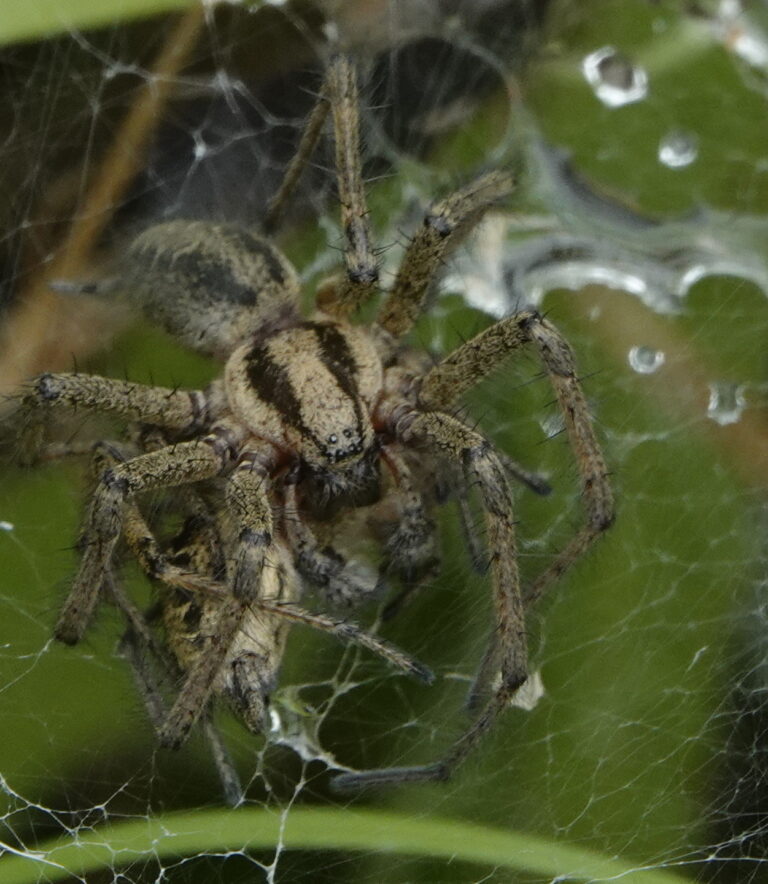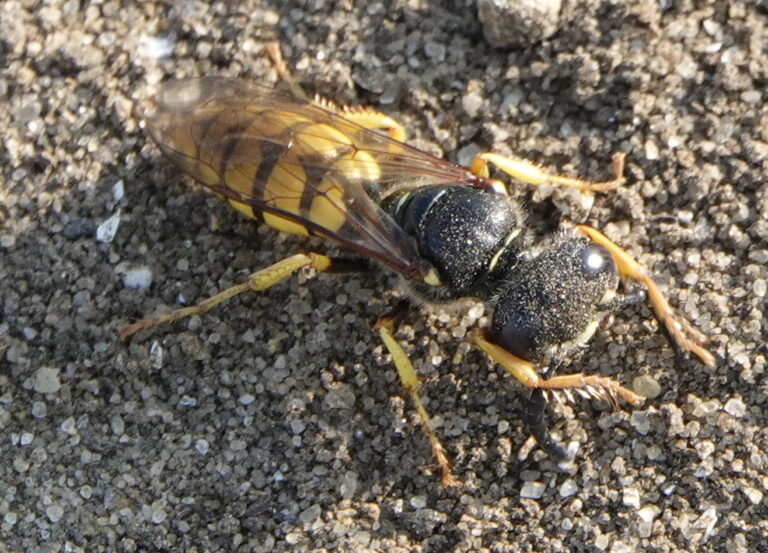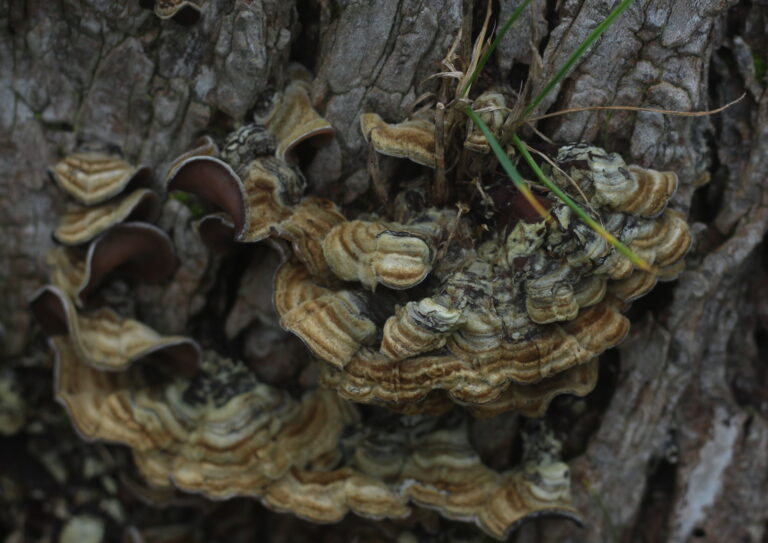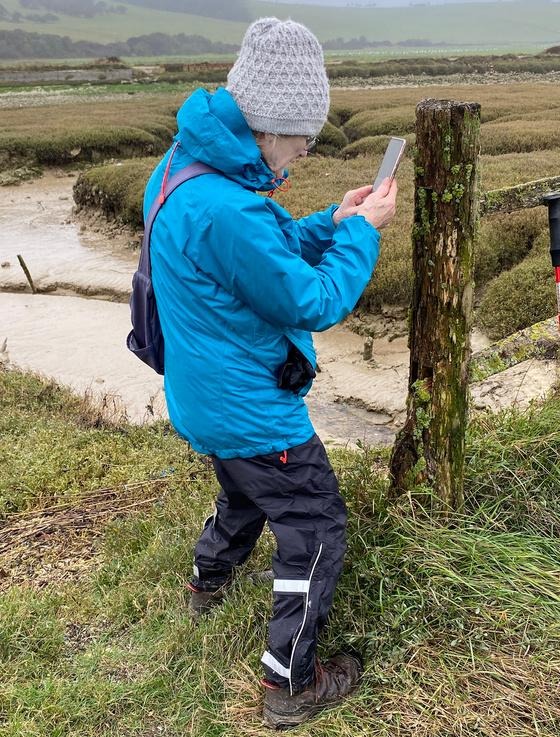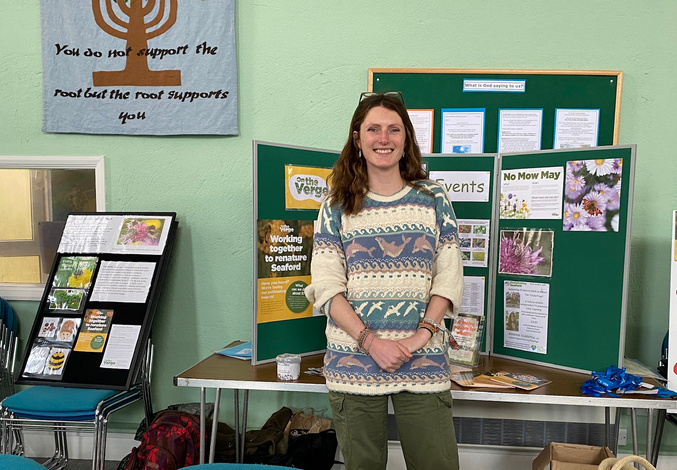Wow what a brilliant talk from Lucy Lapwing!
Lucy “Lapwing” came up with her nickname from her Instagram page for bird identifications. These are quirky and fun videos that mean you’ll never forget which birdsong is which! Worth checking out!
On Saturday she shared fascinating facts about some of the more unloved and overlooked wildlife that can be found in Britain, and in our town.
Cute or gross?
There is a tendency for wildlife to be categorised, sometimes subconsciously! So while some creatures are generally agreed to be cool, cute or beautiful, others are assumed to be scary (like spiders), gross like slimy slugs and messy (like verges that are actually teeming with species and wildlife!)
She inspired us to start to really notice these less popular creatures. Only then you can really get over your fears start to appreciate them. Though Lucy had happily been getting to know nature “ head down and bum up” since childhood, it wasn’t until she was in her 20s and finished university that she actually began to really learn about British wildlife. It was only then that she got over her childhood fear of spiders and began instead to become enthralled by them instead!
Spiders
Did you know there are 600 different species of spiders! Some have special talents, for example raft spiders can walk on water. One of Lucy’s favourites is the tiny but entrancing zebra jumping spider. Other spiders can almost fly – by building a balloon web, that is picked up and taken away by the wind.
Wasps
Wasps are another much feared species, but there are actually 9000 species of wasps, and very few of them are the sort that can ruin your picnic. Many are so tiny you might not realise they are wasps. Wasps can have amazing and complex life cycles, for example gall wasps which distort plant growth in order to plant eggs into the plant flesh, wasps that are ferocious hunters of prey including beetles and spiders, and parasitic wasps that lay their eggs in living creatures so they young eat their host from the inside! There are even wasps that parasitise the parasitic wasps! Gruesome stuff!
Sea slugs and amphibians
Other fascinating creatures to look out for include a sea slug called Dusky Doris! Did you know that land snails can have “love darts”? These are sharp calcareous darts used during the courtship process where the snails attempt to harpoon each other!
We heard more about toad patrols and the mating habits of frogs and toads. Did you know that male frogs can grow a nuptial pad, which is a spiked swelling on the forearm used to cling onto a female for a chance to mate. Lucy also showed us some amazing photos of various fungi including Porcelain fungus, bog beacon, alder tongue, Jelly ear and Scarlet elf cup.
Plants
I’ll be looking more closely at Autumn leaves in future, after learning about leaf miners and how they can influence the leaves. The moth caterpillars leave squiggly lines from tunnels as the eat and excrete along the way. If the leaf turns brown then the food source would dry up but a bacteria can stop the leaf turning brown!
When the campion start flowering I will also be looking out for campion smut fungus! All fascinating – and such a lot to take in. The hour was over before we knew it
What do we need?
Lucy was happy to take questions and chat to people afterwards and was asked about the equipment you needed when first setting out to learn more about wildlife. Apparently the most important thing we all need is curiosity! The more we keep an eye out for the signs of nature, and become interested, the more we will learn!
The amazing photographs in Lucy’s presentation were mostly taken on her phone. No expensive kit required. And a starting point for an identification when starting out was often Google!
We also learned that Bute is not in the Shetland isles (actually an island west of Glasgow) And when a northern lass says she likes a brew after nature spotting, she is usually after a cup of tea not a beer (although we did end up in the pub).
A fantastic talk, thanks so much to SNHS for organising, in partnership with On the Verge, and funded by Ouse Valley Climate Action
This ends the programme of indoor talks for 2024, and the start of the programme of free exciting outdoor events including insect counts, bioblitzs etc! Let’s hope the sun shines and we all find some wonderful wildlife in Seaford.

